Home>Garden Essentials>Why Does My Cat Paw At And Move His Water Fountain Bowl
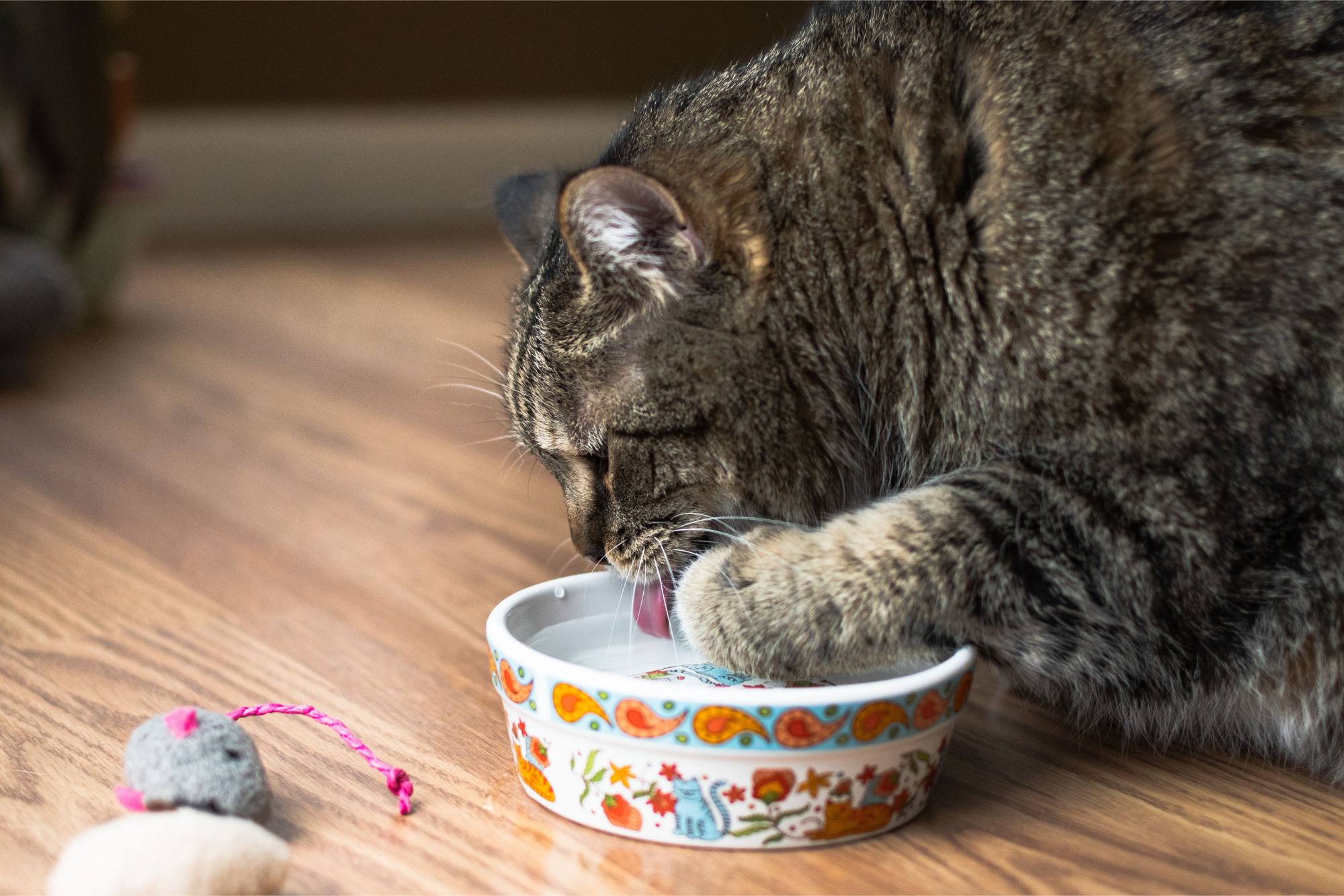

Garden Essentials
Why Does My Cat Paw At And Move His Water Fountain Bowl
Modified: March 16, 2024
Discover why your cat paws at and moves his water fountain bowl in the garden. Uncover the reasons behind this behavior and find solutions.
(Many of the links in this article redirect to a specific reviewed product. Your purchase of these products through affiliate links helps to generate commission for Storables.com, at no extra cost. Learn more)
Introduction
Welcome to the fascinating world of feline behavior! If you’re a cat owner, you may have noticed some peculiar actions from your furry friend. One common behavior that often leaves cat owners puzzled is when their cats paw at and move their water fountain bowl. Why do they do this? Is there any particular reason behind this curious habit? In this article, we will dive deep into the world of feline behavior and explore the possible explanations for this water-loving behavior.
Understanding our feline friends requires us to delve into their instincts and evolutionary traits. Cats are descended from desert-dwelling ancestors who had to rely on hunting for survival. Unlike their canine counterparts, cats have a lower thirst drive and obtain a significant portion of their water intake from their prey. This evolutionary background sheds light on their unique relationship with water and their behavior around it.
For many cats, water is not just a source of hydration. It can also be a source of fascination and entertainment. Cats are naturally curious creatures and are often attracted to the movement and sound of water. It’s not uncommon to find them mesmerized by a dripping faucet or pawing at a running stream. This innate curiosity and attraction to water may provide some clues as to why cats paw at and move their water fountain bowls.
Key Takeaways:
- Cats paw at and move their water fountain bowls out of curiosity, playfulness, and a preference for fresh, flowing water. Understanding their behavior helps us cater to their unique needs and keep them entertained.
- To address excessive pawing at the water bowl, provide environmental enrichment, ensure clean water, try different bowl options, create distractions, and seek guidance from a veterinarian if needed. Every cat is unique, and patience is key in finding the best solution.
Understanding Feline Behavior
In order to comprehend why cats paw at and move their water fountain bowls, it’s important to have a basic understanding of their behavior. Cats are known to be complex creatures, and their behaviors are often rooted in their natural instincts and evolutionary history.
Cats have a strong sense of territory and ownership. They mark their surroundings with scent glands, and any changes to their environment can cause them to display territorial behaviors. This can include pawing at objects and moving them to establish their presence or mark boundaries.
Cats are also meticulous groomers. Their paws are equipped with sensitive whiskers that aid in hunting and navigation. This sensitivity can make them more inclined to use their paws to explore and interact with their surroundings, including their water fountain bowl.
Feline behavior can vary from one individual to another, as each cat has its own unique personality and preferences. Some cats may be more playful and curious, while others may be more reserved. Understanding your cat’s personality and behavior patterns can provide insights into their actions around their water bowl.
It’s important to note that not all cats exhibit the same behaviors. While some cats may paw at and move their water fountain bowls, others may show no interest in doing so. If your cat displays this behavior, it’s essential to observe their overall behavior and assess if there are any underlying reasons or concerns.
The Fascination with Water
Cats have long been associated with an intrinsic fascination with water. From a young age, kittens are known to show curiosity and playfulness around water sources, whether it’s a dripping tap, a running faucet, or even the splashes in a puddle. This fascination can carry on into adulthood, leading cats to paw at and interact with their water fountain bowls.
One reason for this fascination could be attributed to their hunting instincts. In the wild, cats would often encounter water while hunting for prey, such as fish near rivers or amphibians near ponds. Their attraction to moving water could be an instinctual response, as it may indicate the presence of potential prey.
Additionally, cats have a natural urge to stay clean and groom themselves regularly. Running water can be more stimulating and appealing for grooming purposes, as it mimics the flow of water in streams or rivers.
Another possible explanation for a cat’s fascination with water is their need for hydration. Cats may have a preference for fresh, flowing water, as it is more likely to be perceived as clean and safe to drink. This is why many cat owners opt for water fountains that provide a continuous stream of water, which may attract their curious feline companions.
It’s important to understand that not all cats will share the same level of fascination with water. Some may simply prefer a still water bowl, while others may be captivated by the movement and sound of flowing water. Observing your cat’s behavior and preferences can help you determine whether their fascination with water is purely instinctual or if there are other factors at play.
Exploring the Water Bowl
When cats paw at and move their water fountain bowls, it’s often a result of their innate curiosity and desire to explore their surroundings. Cats are known to investigate objects and interact with them using their paws, and their water bowl is no exception.
One reason why cats may paw at their water bowl is to test the water temperature. They may be attempting to gauge if the water is too hot or too cold for their liking. Cats are sensitive to temperature, and they may use their paws to assess whether the water is at a comfortable level before drinking.
Furthermore, cats have an acute sense of smell, and they may be using their paws to stir the water in the bowl, releasing more aroma molecules. This can enhance their perception of the water and make it more enticing to drink.
Cats are also known to be particular about their cleanliness, and they may paw at their water bowl to remove any debris or dirt that may have fallen in. This behavior reflects their instinct to keep their environment clean and hygienic.
In some cases, the act of pawing at and moving the water bowl could be a sign of boredom or frustration. Cats require mental and physical stimulation to keep them engaged and satisfied. If they are not provided with enough entertainment or interactive activities, they may resort to unconventional behaviors, such as playing with their water bowl.
It’s worth noting that some cats may simply enjoy the sensation of playing with water. The movement and splashes created when they paw at the bowl can be entertaining and stimulating for them. This behavior is more commonly observed in breeds known for their affinity for water, such as the Maine Coon or Bengal cats.
Understanding the various reasons behind a cat’s exploration of their water bowl can help us address any potential concerns and cater to their needs effectively.
Cats paw at and move their water fountain bowl to create movement and freshness in the water, mimicking the natural flow of a stream. This behavior can encourage them to drink more water, which is important for their health.
Potential Reasons for Pawing and Moving the Water Fountain Bowl
There can be several reasons why cats may engage in the behavior of pawing at and moving their water fountain bowl. Let’s explore some of the potential explanations:
- Playfulness: Cats are naturally playful creatures, and interacting with objects using their paws is a common form of play. Pawing at the water bowl and watching the ripples or splashes can provide entertainment and mental stimulation for them.
- Curiosity: Cats have a strong drive to investigate their surroundings, and their water bowl is no exception. Pawing at the bowl allows them to explore the movement and texture of the water, satisfying their innate curiosity.
- Hydration Preference: Cats have evolved from desert-dwelling ancestors who obtained moisture from their prey. Some cats may have a natural preference for running or flowing water, as it mimics the fresh and moving water sources they would find in the wild. Pawing at the water bowl could be their way of creating movement and making it more appealing to drink.
- Temperature Testing: Cats are sensitive to changes in temperature. By pawing at the water bowl, they might be attempting to check if the water is at an optimal temperature for their liking. If they find it too hot or too cold, they may paw at it to create movement and potentially adjust the temperature.
- Boredom or Attention-seeking: If a cat is bored or seeking attention, they may resort to pawing at their water bowl as a way of soliciting interaction. They know that engaging in disruptive behavior can draw their owner’s attention and potentially result in a response or playtime.
It’s important to observe your cat’s behavior, as the underlying reason for pawing and moving the water fountain bowl may vary from cat to cat. By understanding their motivations, you can better address their needs and provide appropriate solutions to ensure their well-being and satisfaction.
Read more: Why Does My Cat Water Fountain Foam
Addressing Behavioral Concerns
If your cat’s behavior of pawing at and moving their water fountain bowl becomes excessive or concerning, there are steps you can take to address the issue:
- Provide Environmental Enrichment: Cats need mental and physical stimulation to keep them engaged and prevent boredom. Ensure that your cat has plenty of toys, scratching posts, and perches to explore and play with. Additionally, interactive toys or puzzle feeders can provide mental stimulation and help redirect their focus away from the water bowl.
- Ensure Clean Water: Cats are known for their finicky nature when it comes to water. Make sure their water fountain is clean and the water is fresh. Regularly clean and change the water to avoid any build-up or contamination that may put off your cat from drinking from the bowl.
- Consider Different Water Bowl Options: If your cat consistently exhibits a strong preference for running water, you may want to try different water bowl options. Consider investing in a cat water fountain that provides a constant flow of fresh water. This may help satisfy their instinctual need for moving water and prevent them from pawing at and moving the bowl excessively.
- Create Distractions: If you notice that your cat is pawing at the water fountain bowl out of boredom or for attention, try providing alternative forms of stimulation. Engage your cat in interactive play sessions, offer toys they can bat around, or set up a window perch for bird-watching. By providing engaging distractions, you can redirect their focus away from the water bowl.
- Consult with a Veterinarian: If you have concerns about your cat’s behavior or suspect an underlying health issue, it’s always a good idea to consult with a veterinarian. They can evaluate your cat’s overall health and provide guidance on addressing any potential behavioral concerns.
Remember, every cat is unique, and what works for one may not work for another. It may take some trial and error to find the best approach to address your cat’s specific behavioral concerns around their water fountain bowl. Patience, understanding, and a willingness to adapt can go a long way in ensuring your cat’s well-being and happiness.
Conclusion
The behavior of cats pawing at and moving their water fountain bowls can be intriguing and sometimes puzzling for cat owners. Through understanding feline behavior, we can gain insights into the reasons behind this curious habit.
We have explored various potential reasons for this behavior, such as their fascination with water, playfulness, curiosity, and their preference for fresh flowing water. It’s important to recognize that each cat is unique, and their motivations may differ from one another.
Addressing behavioral concerns related to pawing and moving the water fountain bowl involves providing environmental enrichment, ensuring clean water, trying different bowl options, creating distractions, and seeking guidance from a veterinarian if necessary.
As cat owners, it’s our responsibility to observe and cater to our cats’ needs. By understanding their behavior and motivations, we can create a more enriching and satisfying environment for them. Remember to be patient and adaptable in your approach, as what works for one cat may not work for another.
So the next time you see your feline friend pawing at and moving their water fountain bowl, take a moment to appreciate their natural instincts and quirks. With proper care and attention, you can ensure that they stay hydrated while embracing their unique behaviors.
By fostering a deeper understanding of our furry companions, we can forge an even stronger bond and provide them with the love and care they deserve. Happy cat parenting!
Frequently Asked Questions about Why Does My Cat Paw At And Move His Water Fountain Bowl
Was this page helpful?
At Storables.com, we guarantee accurate and reliable information. Our content, validated by Expert Board Contributors, is crafted following stringent Editorial Policies. We're committed to providing you with well-researched, expert-backed insights for all your informational needs.
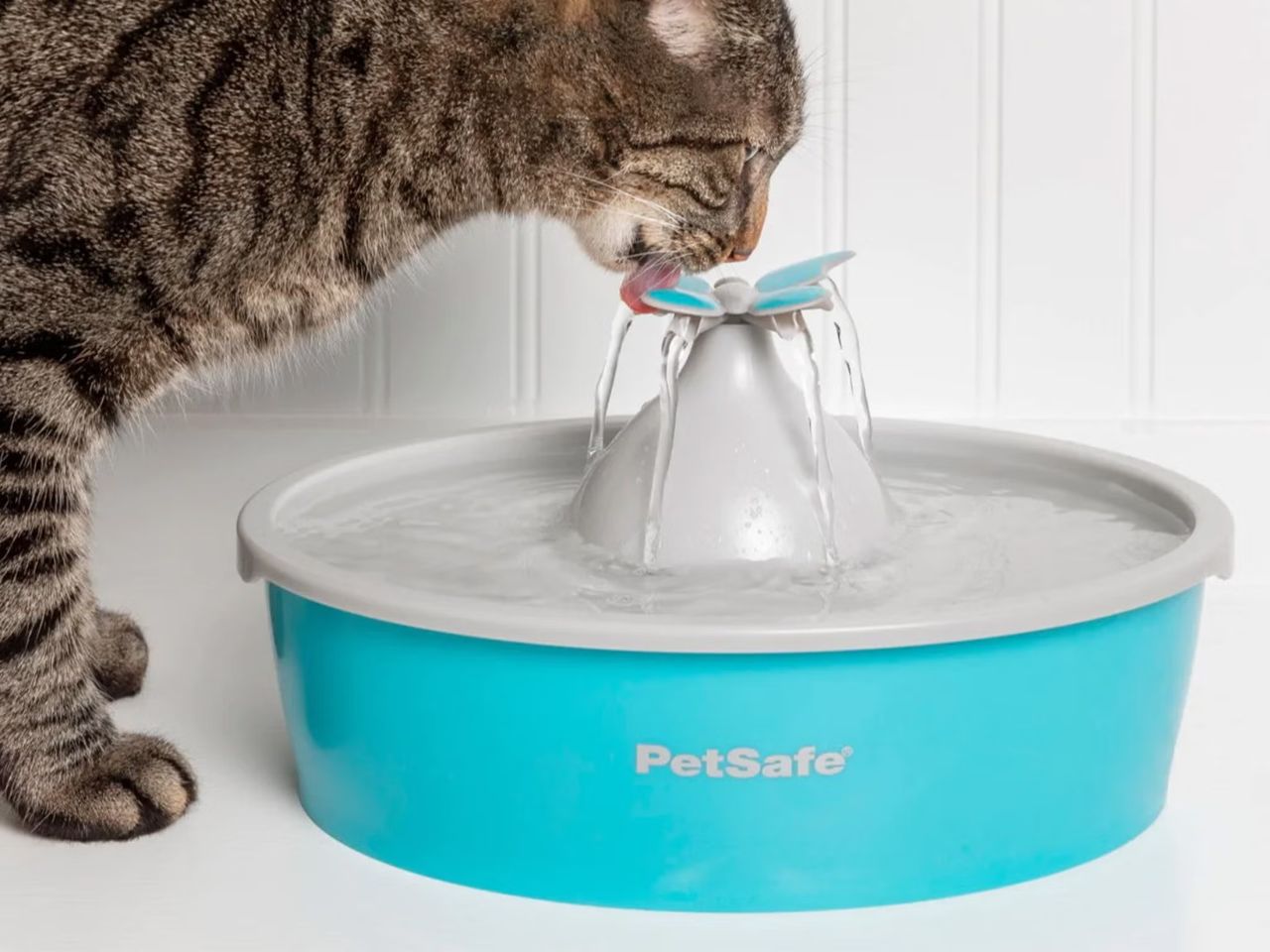
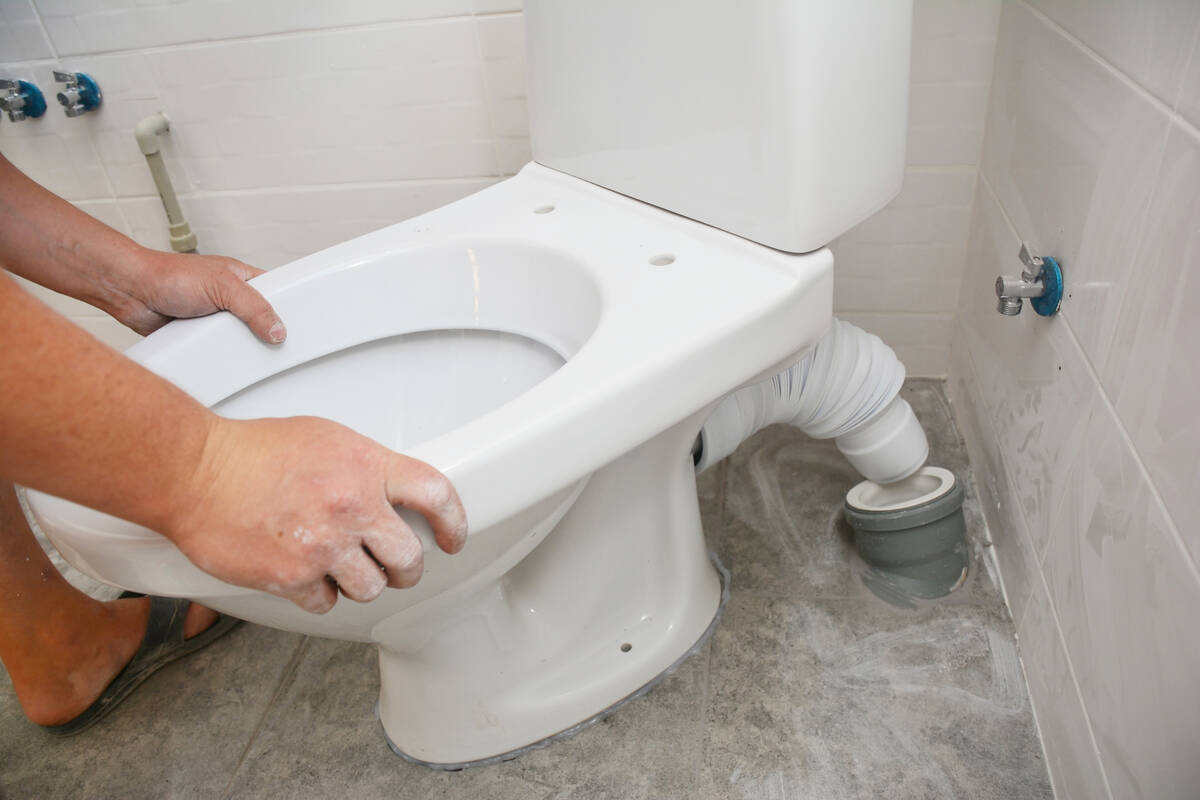
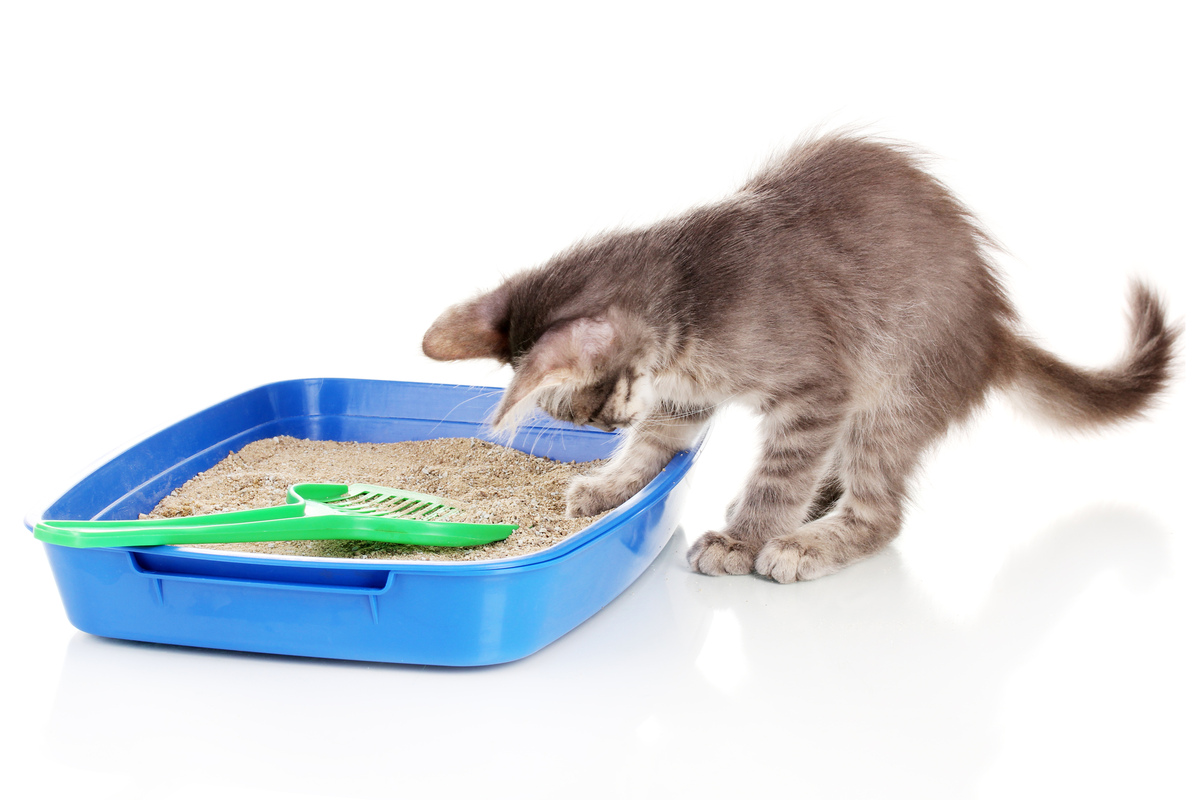
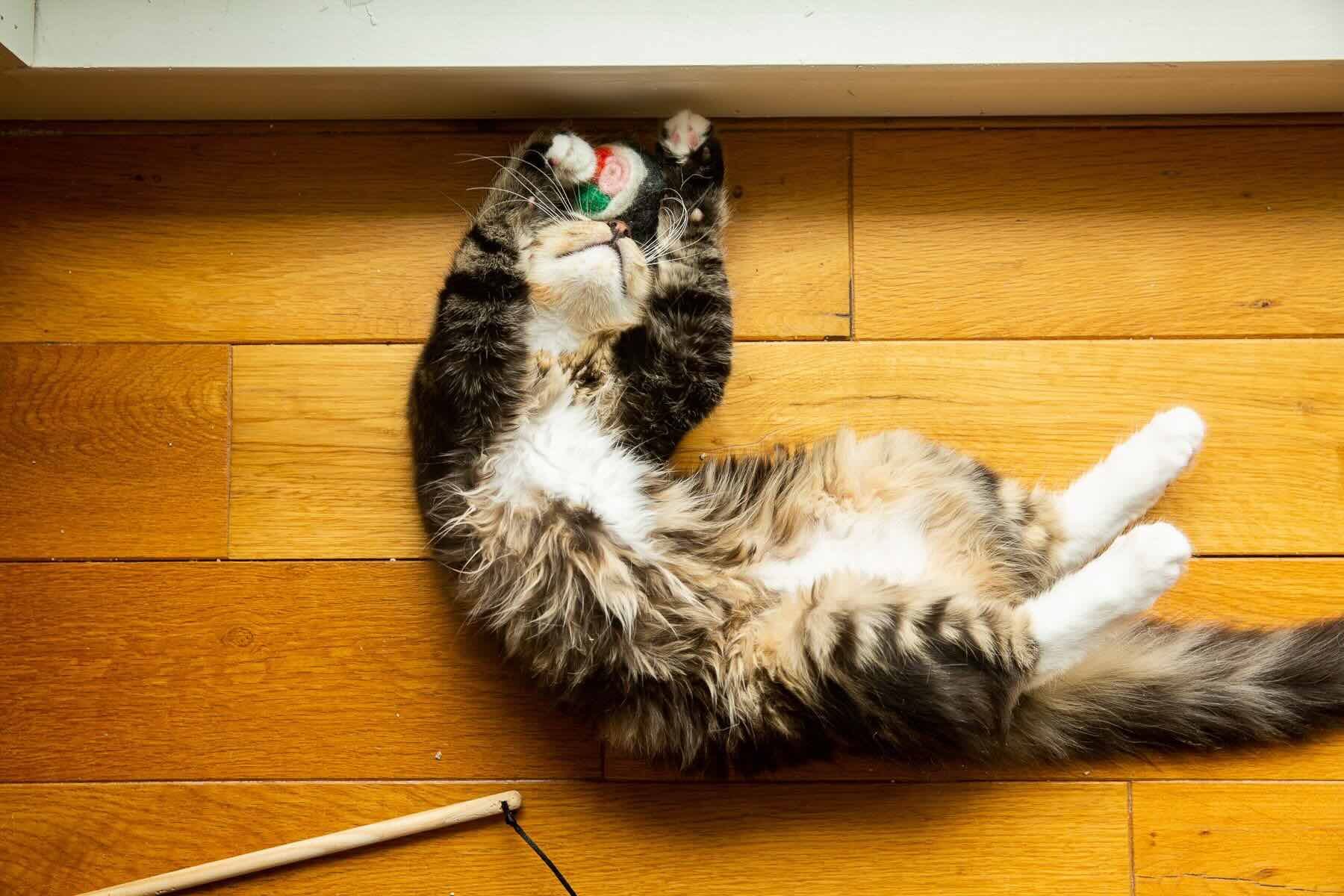
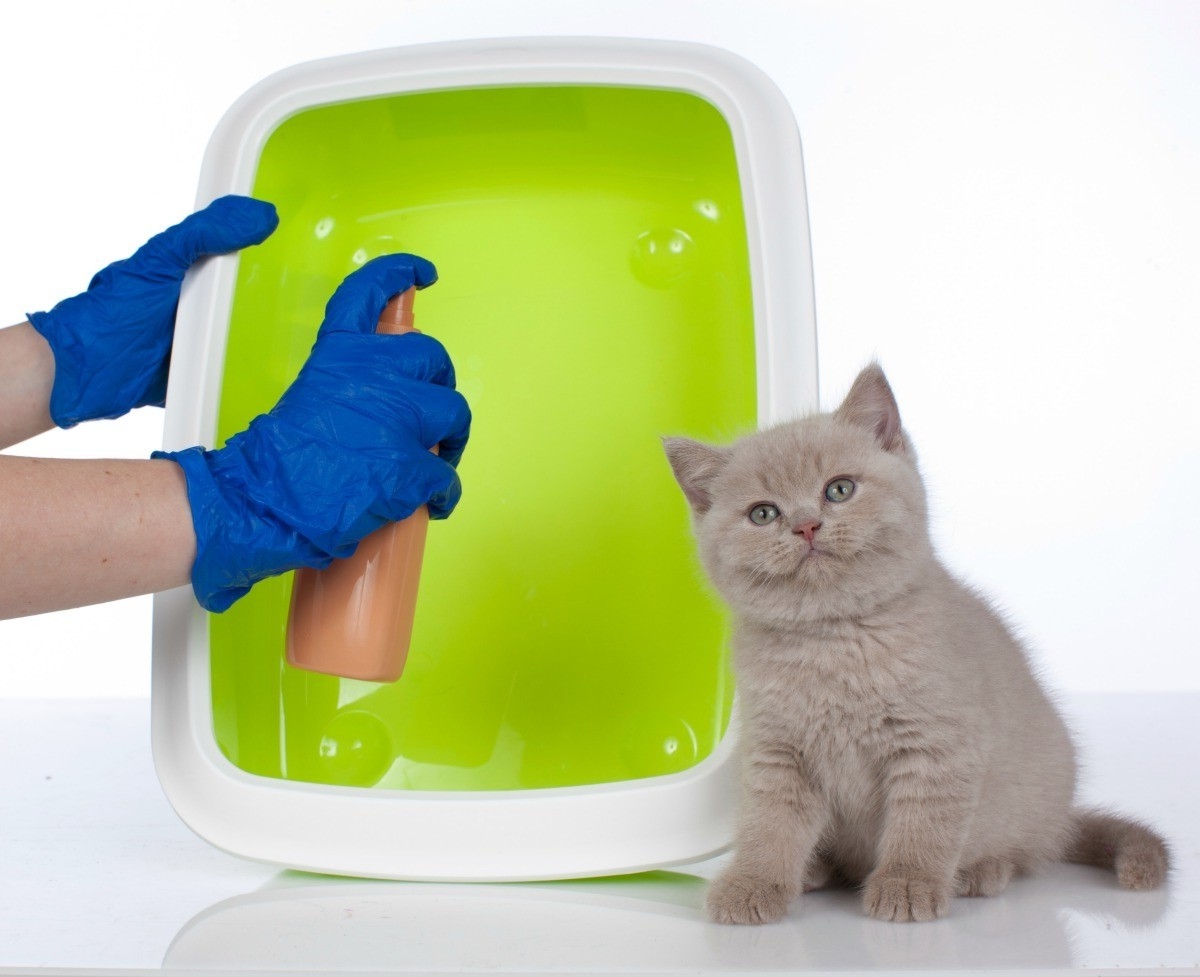
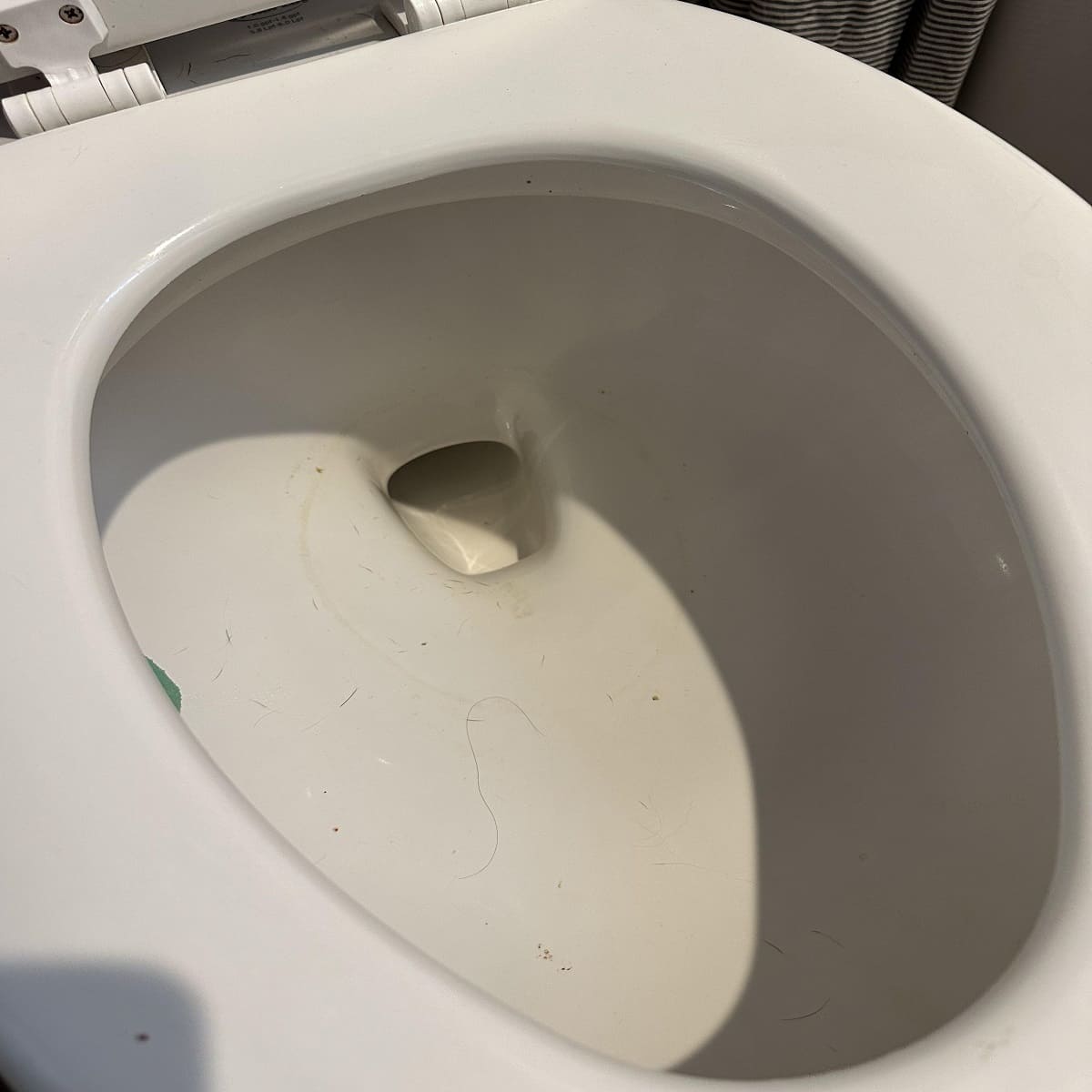
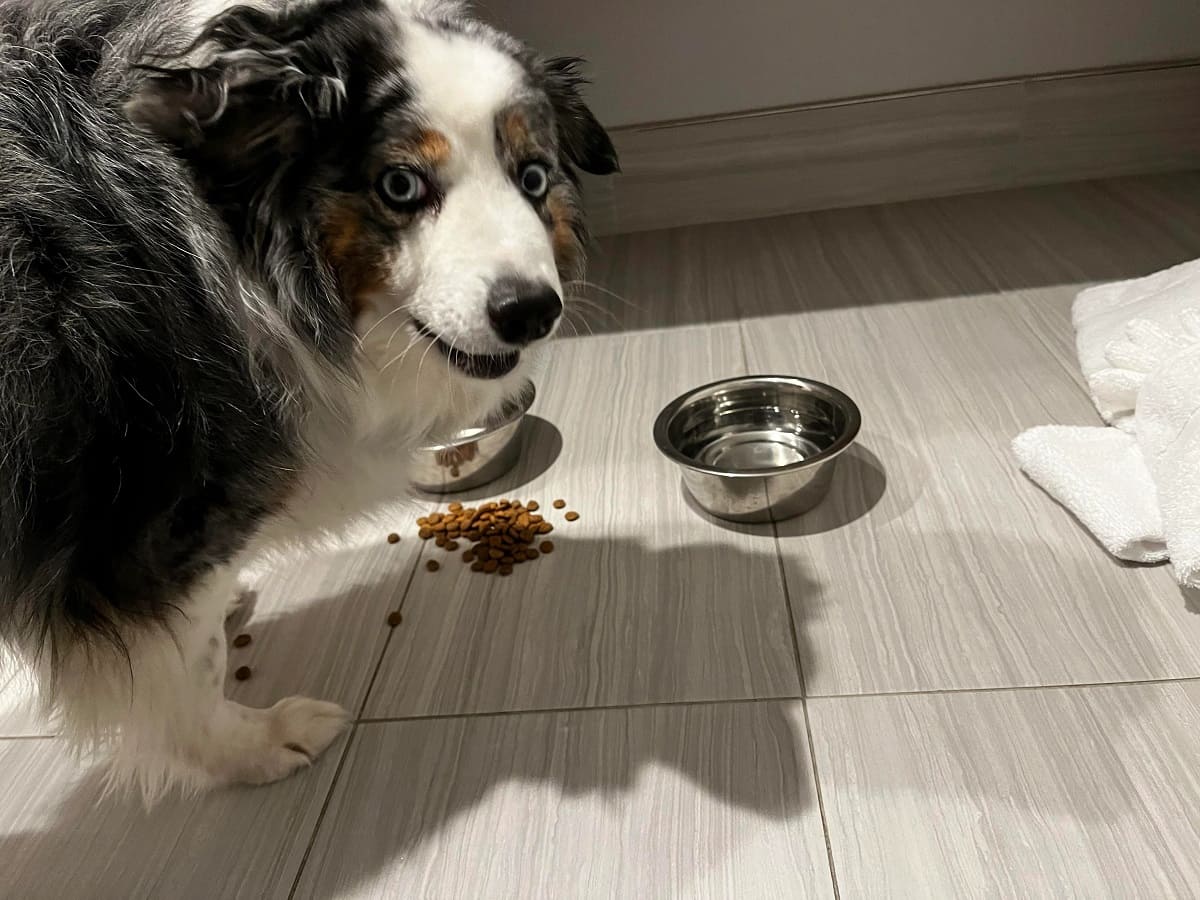
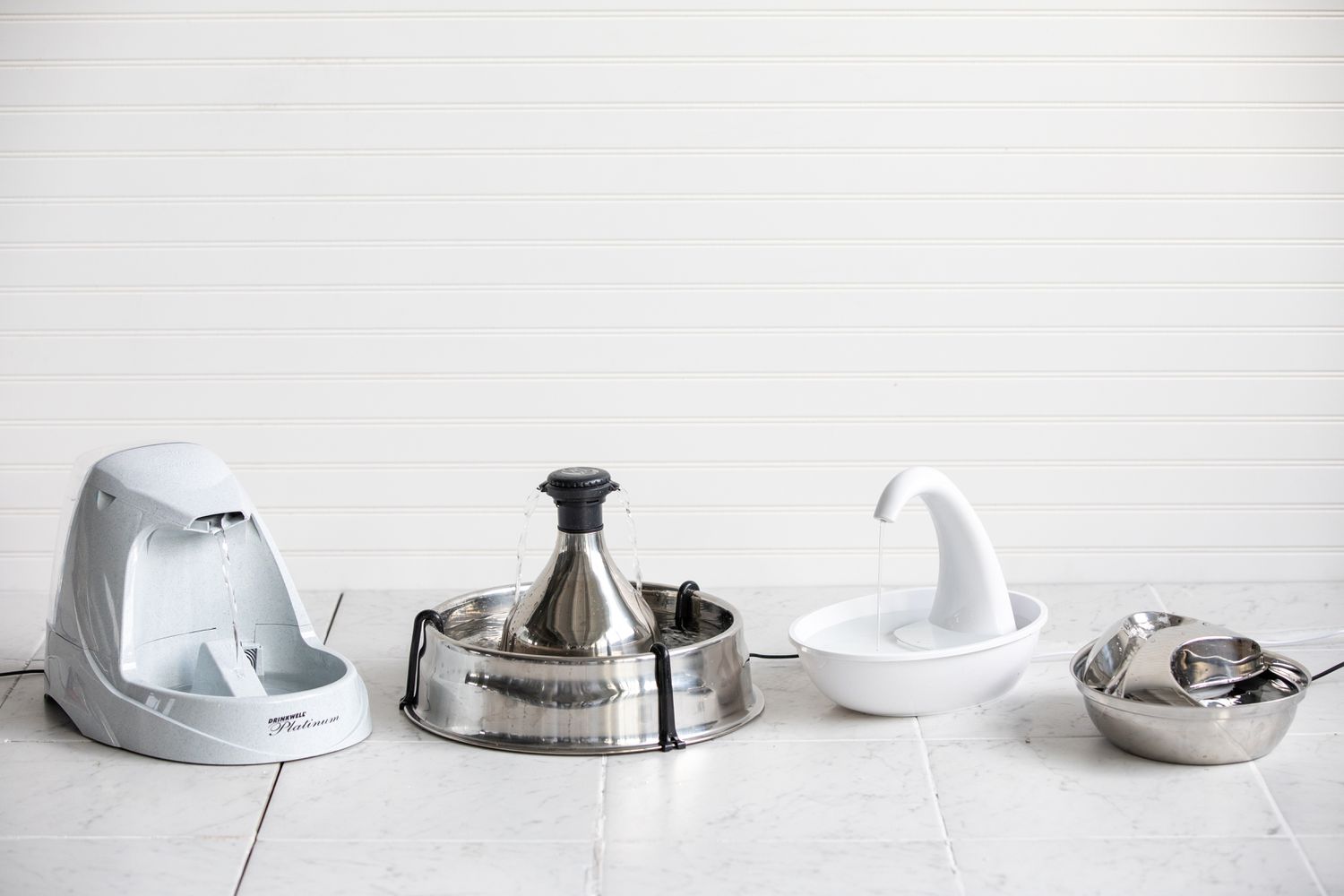
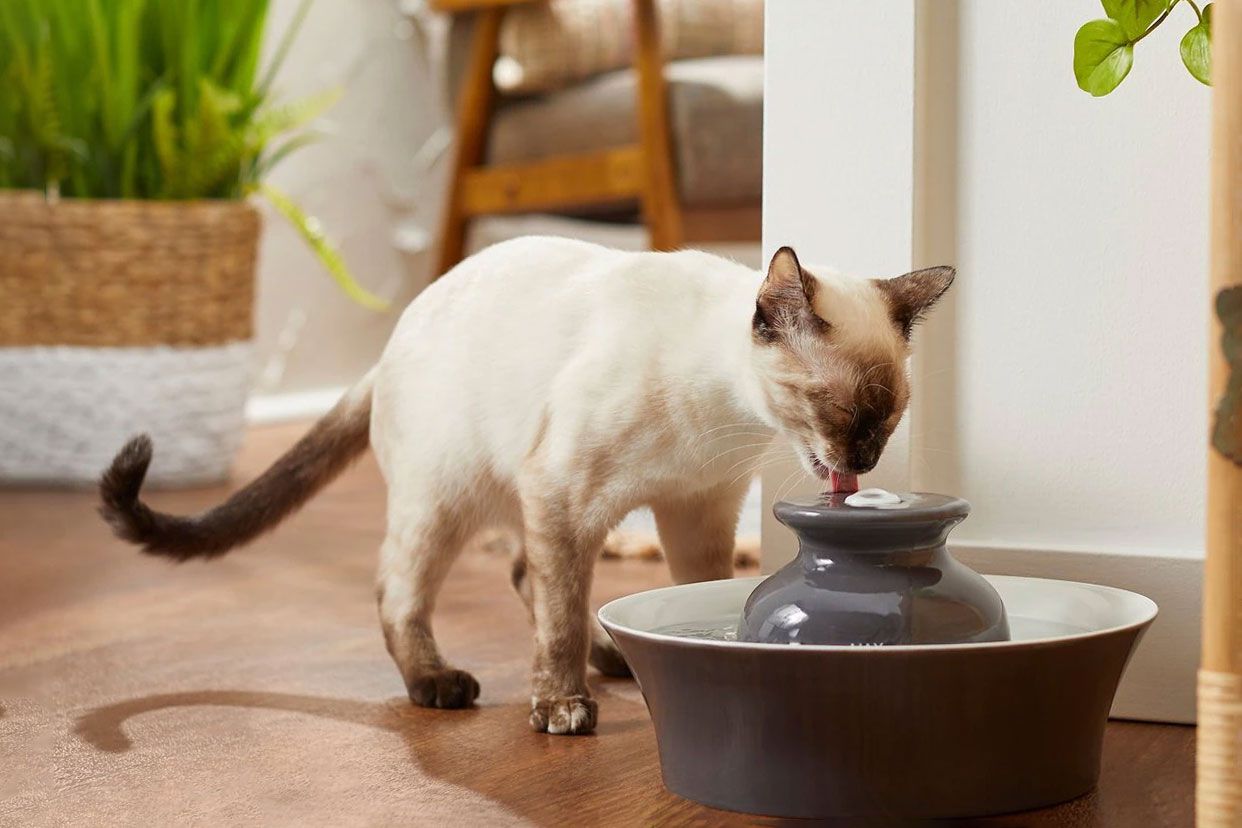
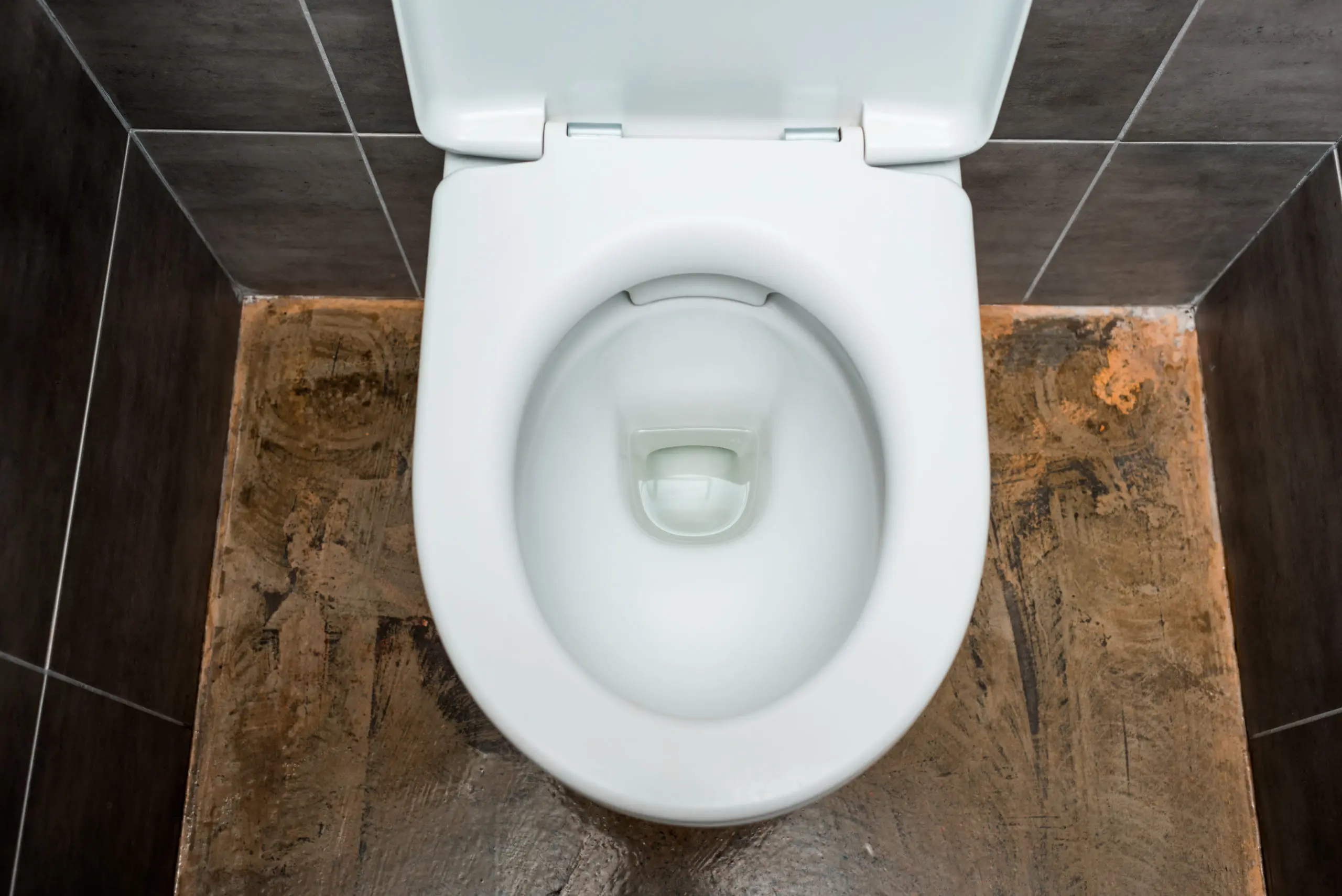
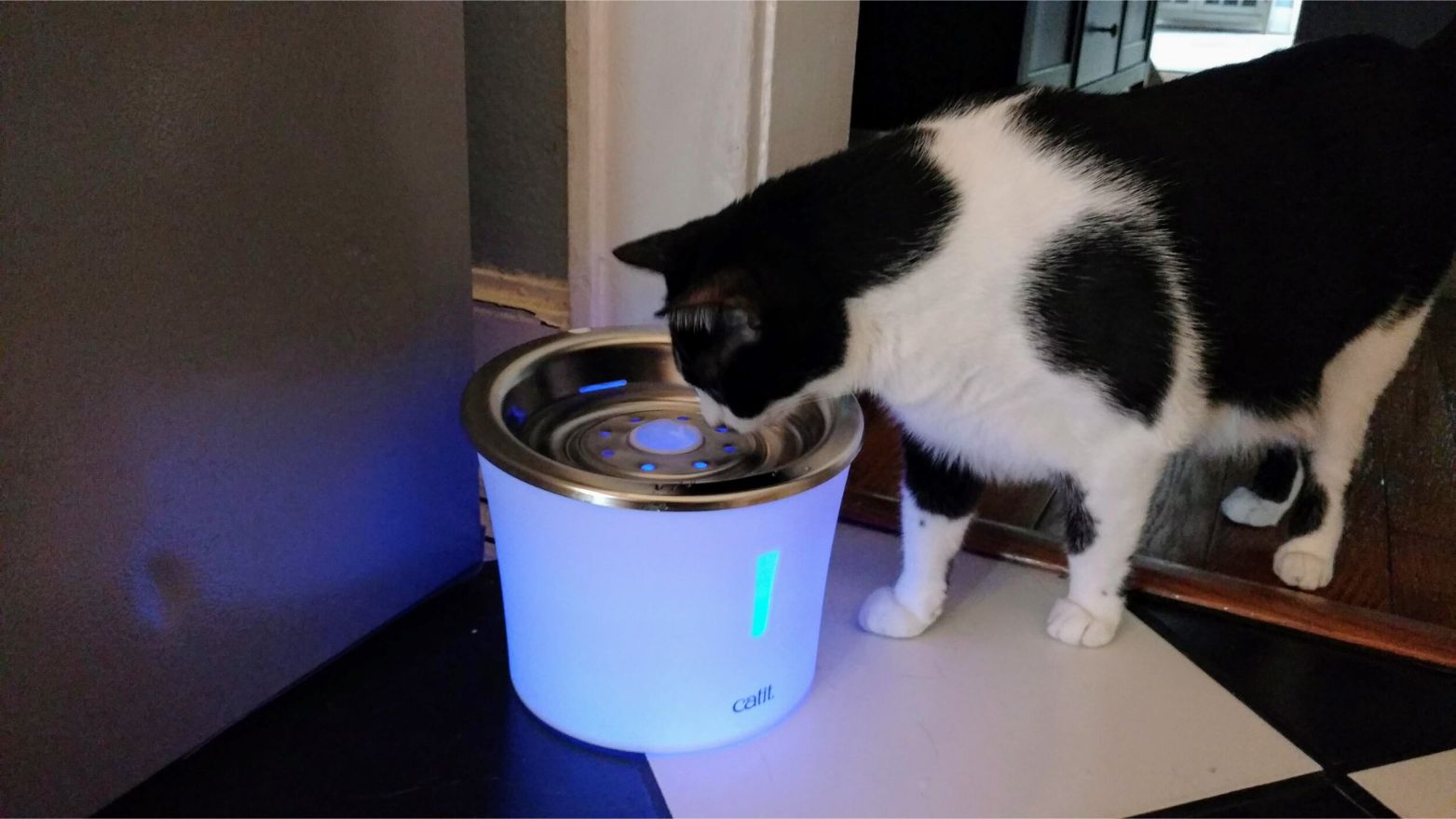
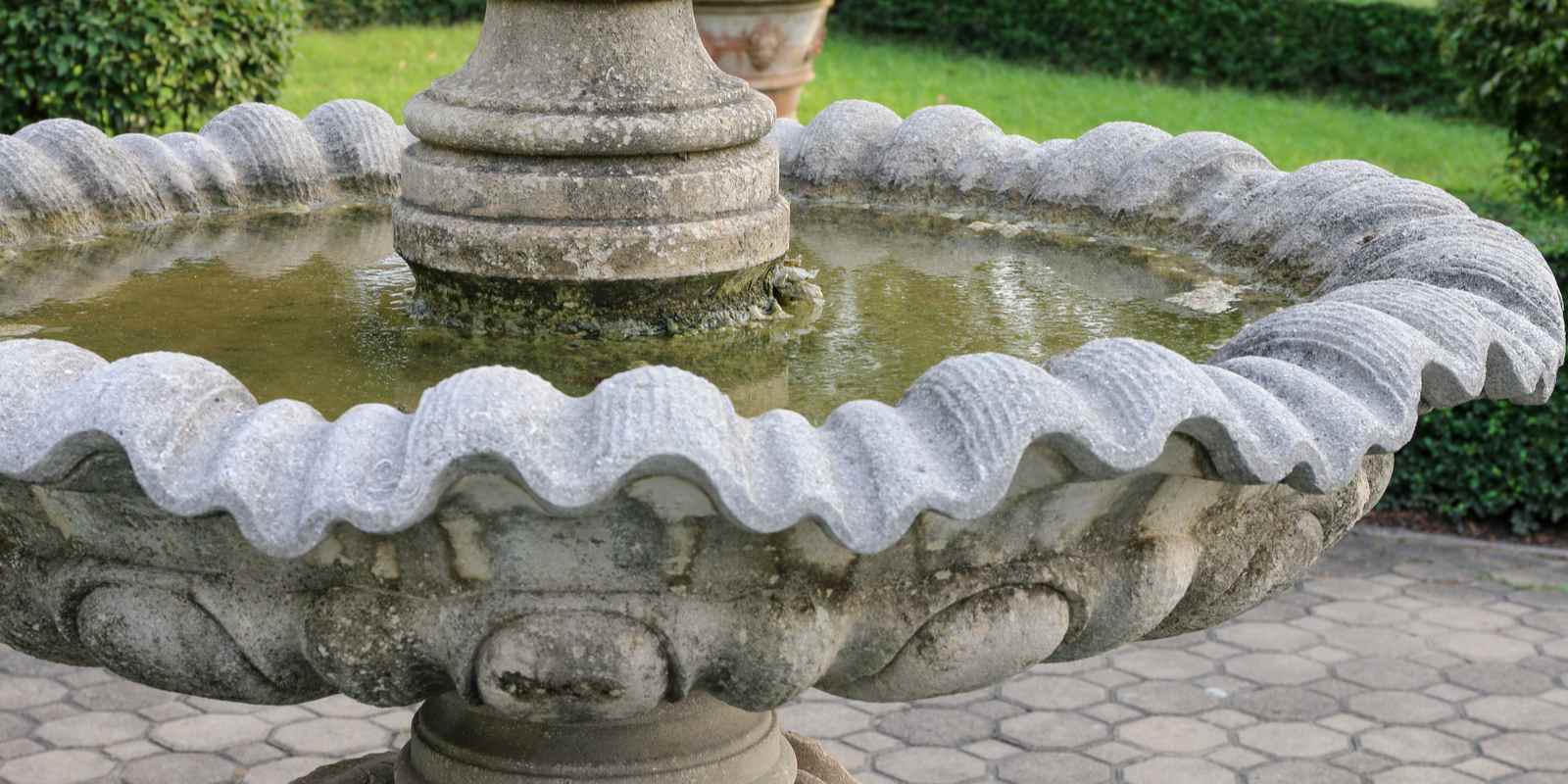
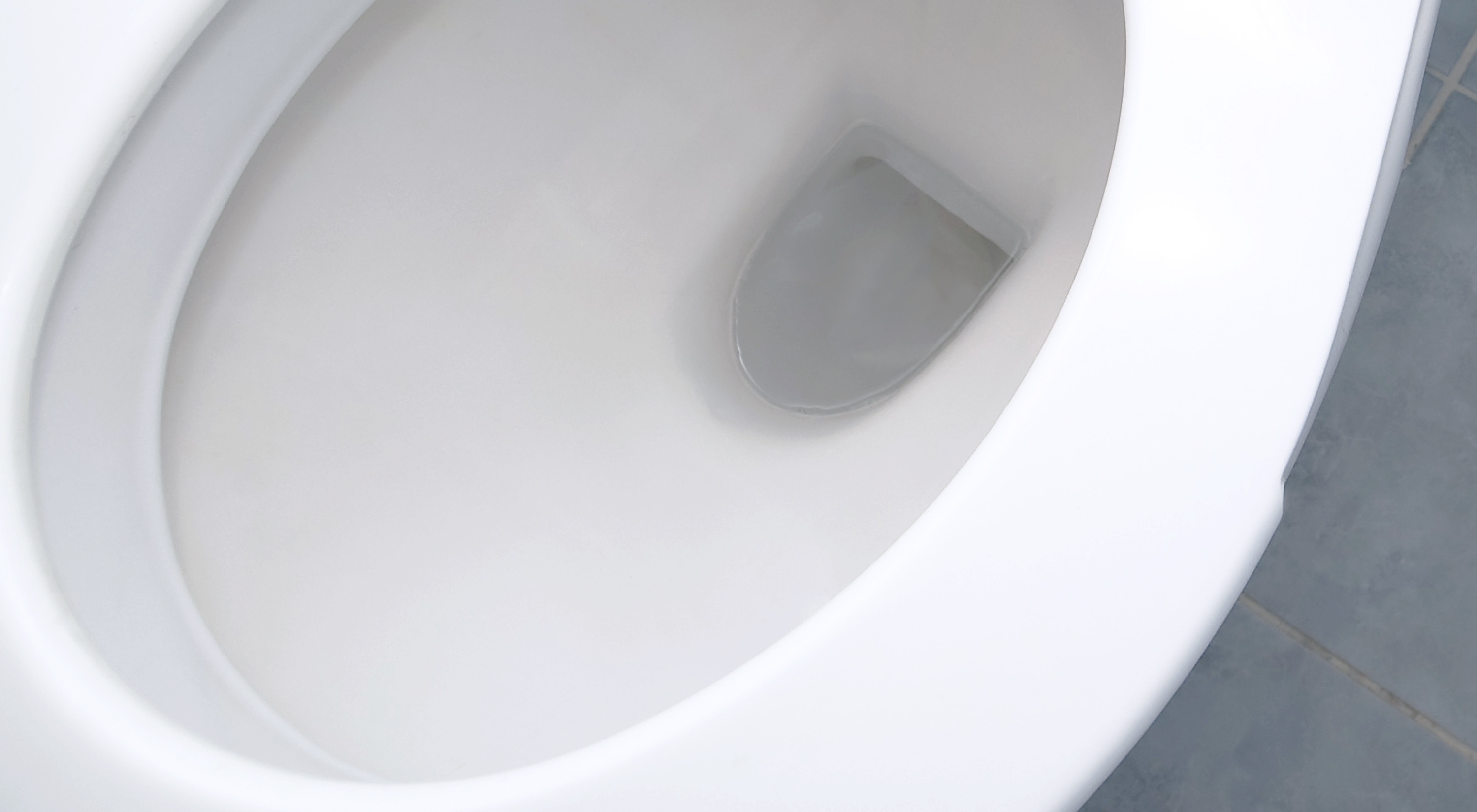
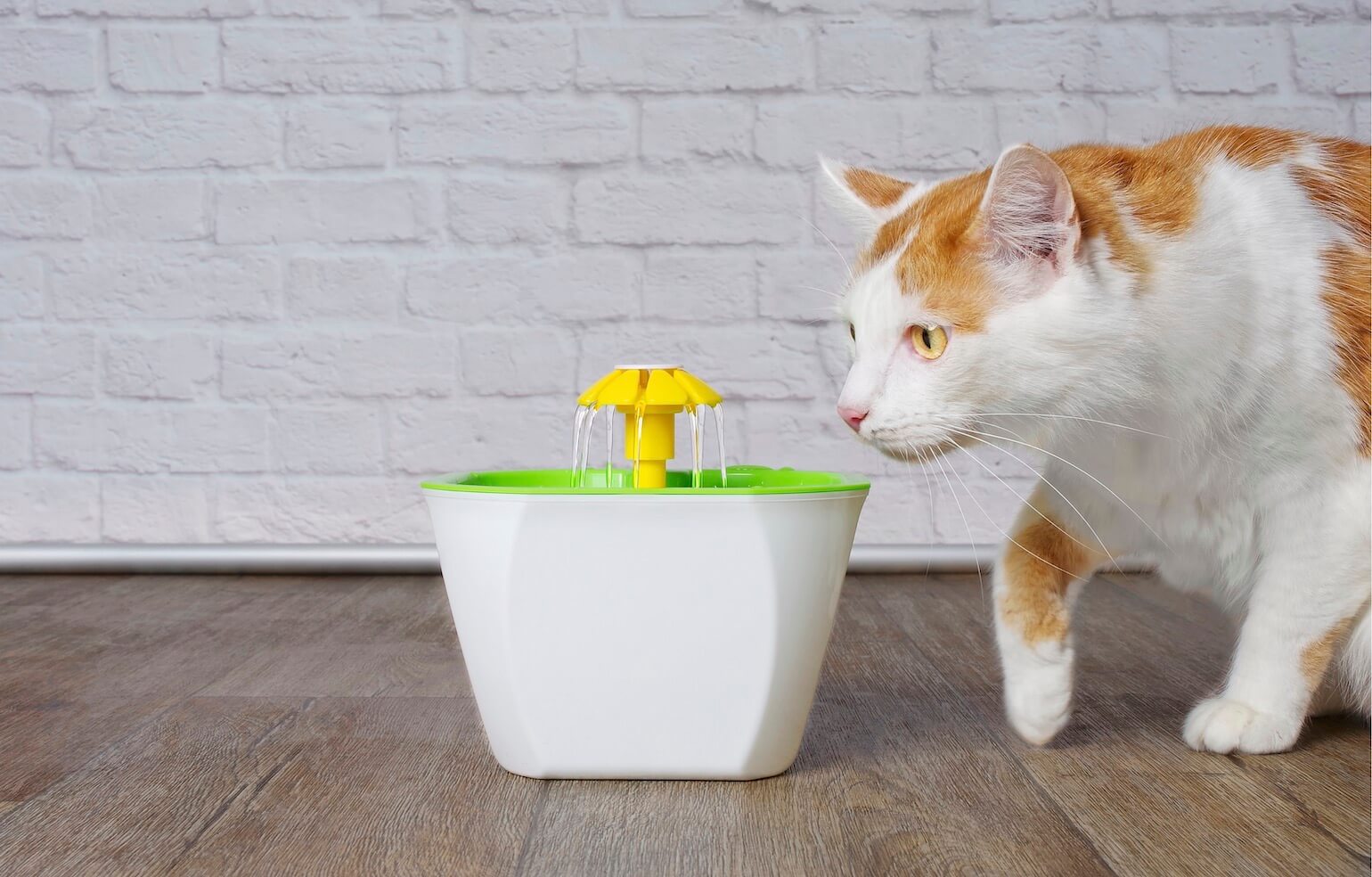

0 thoughts on “Why Does My Cat Paw At And Move His Water Fountain Bowl”